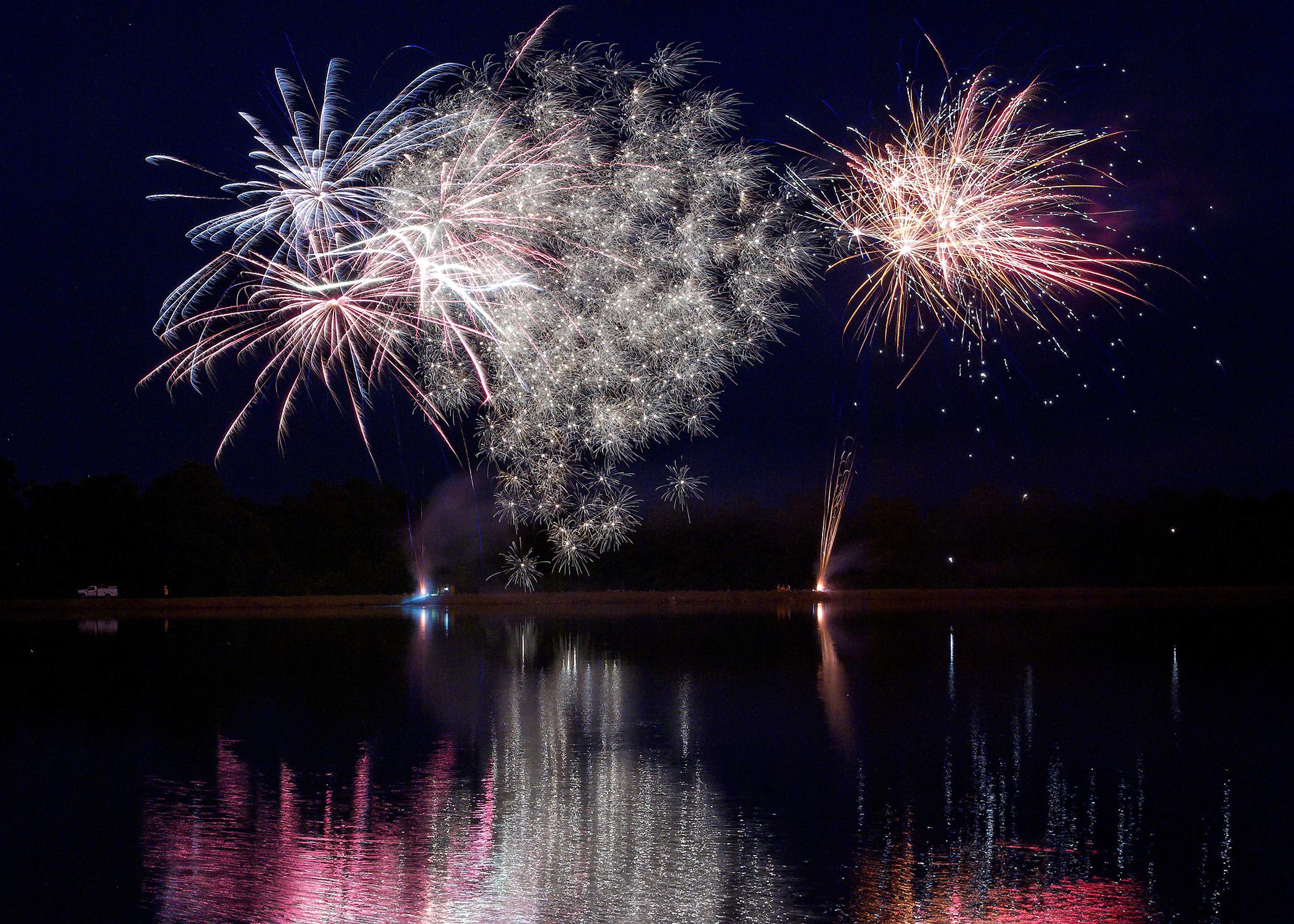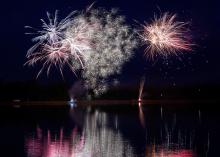Information Possibly Outdated
The information presented on this page was originally released on June 25, 2015. It may not be outdated, but please search our site for more current information. If you plan to quote or reference this information in a publication, please check with the Extension specialist or author before proceeding.
Handle fireworks with caution during Fourth of July celebrations
STARKVILLE, Miss. -- The color red is a Fourth of July trademark, but sometimes it represents danger.
There are more fires reported on Independence Day than any other day of the year. Fireworks account for two out of every five of these fires. Injury rates are highest among 15- to 24-year-olds and second highest among 10-year-olds, according to the National Fire Protection Association.
In Mississippi, children as young as 12 can buy fireworks. State law prohibits cherry bombs, tubular salutes, repeating bombs, aerial bombs and torpedoes.
Lemon Phelps, an agent with the Mississippi State University Extension Service in Marshall County, said the number one rule to remember when shooting fireworks is to have adult supervision.
“Most of the time, fireworks are being shot by younger children or young adults,” he said. “Anything can happen, especially if laws are not obeyed or labels are not read correctly. An adult needs to be present at all times to ensure safety.”
Fireworks do not always light on the first try.
“Never try to relight or pick up a firework that could be partially lit. The firework could still go off at any moment. Also, do not point fireworks at people. Certain clothes can catch on fire easily, so be cautious of what you wear,” Phelps said. “A bucket of water is also a precaution to have around in case of an emergency fire. Make sure never to stand directly over the firework when lighting it. Light the firework, and then quickly back away.”
Ted Gordon, risk manager for the North Mississippi Research and Extension Center in Verona, said fireworks should always be used outdoors away from trees.
“Be sure to light one firework at a time. Keep your pets indoors and away from the shooting area. Never give fireworks to small children, not even sparklers,” he said. “Store the fireworks in a cool place and out of the reach of small children. Make sure to check the label for the proper use before actually firing them off. Keep your guests at a safe distance away from the firing area.”
In 2012, U.S. hospital emergency rooms treated an estimated 8,700 victims of fireworks-related injuries. Fifty-five percent were treated for extreme injuries and 31 percent for head injuries, according to the National Fire Protection Association.
Gordon suggested treating minor burns by running cool water over the injured area for about 10 minutes. Remove all clothing from the burned area. After cooling down the burn, apply aloe vera or a gel ointment, and apply a wrap that will not stick to the skin. For major burns, follow the same procedures. If a burn is larger than the hand, go immediately to the emergency room or call 911.
“Victims of burns could potentially go into a shock phase. Lie victims down with their feet slightly higher than their heads,” Gordon said. “If the victim is not breathing, start CPR. Loosen the person’s clothing, and wrap him or her in a blanket. If the victim begins to vomit or is bleeding, turn the person on his or her side.





